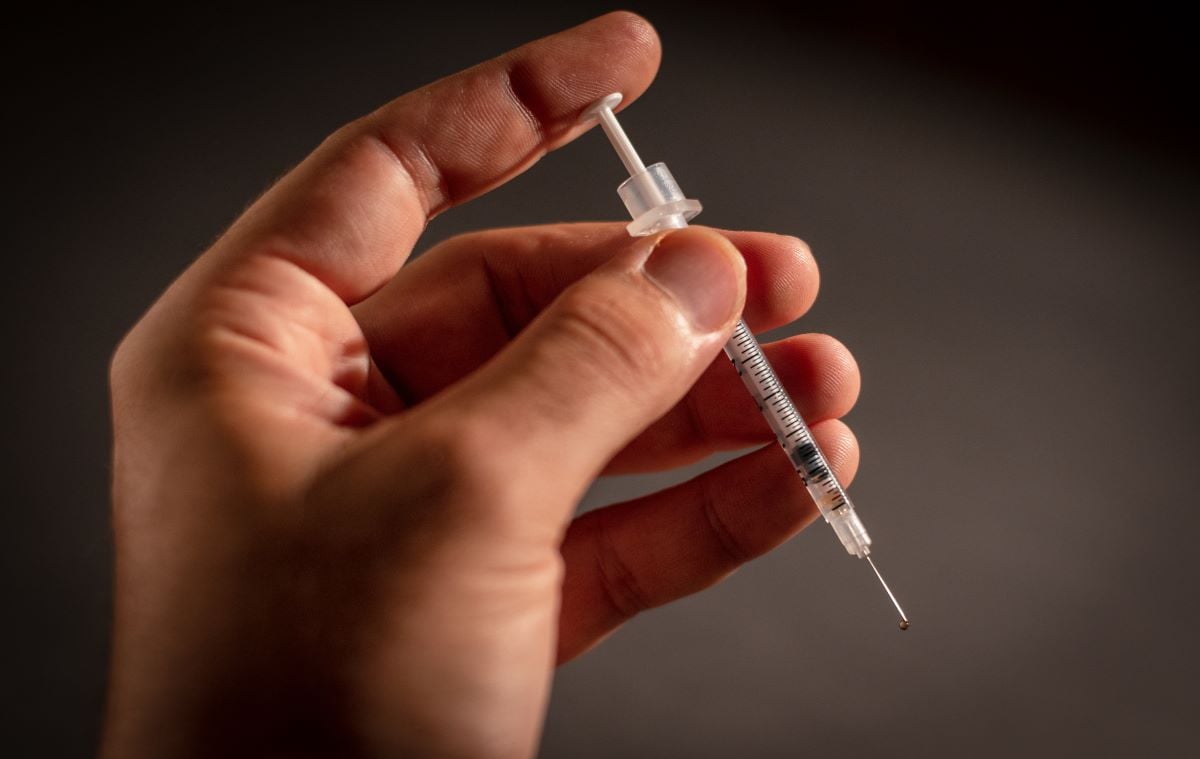Part of the complete guide to understanding addiction
Xylazine has become a growing concern in recent years, making its way into the illegal drug supply and causing a range of debilitating physical and mental effects. In this article, we will delve into the various consequences of using xylazine, including what happens when taken in high doses, its long-term effects, and the unique impact it has on the body. We will also explore the risks associated with xylazine when it's mixed with other drugs and its link to the development of skin wounds.
Xylazine Effects on the Body: Tranq Drug Effects
Xylazine is not an opioid; it is a veterinary drug intended for use in animals. However, when used in humans, it can have a significant impact on their health, affecting both their physical and mental well-being. Xylazine has noticeable physical effects on the human body. Users may feel extremely sleepy and disoriented, making them appear like zombies. It can also cause slowed heart rate and shallow breathing, leading to dangerously low blood pressure.
Prolonged xylazine use can cause heart problems. Moreover, it can lead to the development of large, open sores and skin wounds, which are known as ‘xylazine wounds’ and ‘xylazine sores’, since it affects blood circulation and lowers immune response. These skin issues can be extremely painful and long-lasting, so it's important to be aware of the physical effects of xylazine use and seek help when needed.
If you or your loved one are struggling from xylazine addiction, contact Avenues Recovery today, to take the first step towards sober living.
What Happens When Xylazine is Taken in High Doses?
When xylazine is taken in high doses, it can cause extreme drowsiness and disorientation. This level of sedation is often likened to feeling like a zombie, rendering the person unresponsive and incapable of normal functioning. Additionally, the drug significantly slows heart rate and causes shallow breathing, resulting in dangerously low blood pressure. These combined effects create a state of physical and mental distress that poses grave health risks. It's crucial to recognize that taking high doses of xylazine increases the potential for overdose, making it critical to seek medical assistance in such situations to prevent life-threatening consequences.
Long-Term Effects of Xylazine
Using drugs for a long time can have lasting effects on both the body and the mind. When people repeatedly abuse substances like opioids or stimulants, it can lead to chronic health problems. Drugs can damage the heart, lungs, and liver, and cause feelings of anxiety or paranoia.
Physical issues aside, long-term drug use can also lead to serious mental health conditions such as depression, anxiety, and even psychosis. Drug abuse can damage personal relationships, erode trust, and make people feel isolated.
Long-term effects of Xylazine can include significant cardiovascular problems, mental health issues like depression and anxiety, and even the development of physical sores and wounds on the skin. These chronic health problems are particularly concerning and highlight the need to address xylazine abuse early on.
Effects of Xylazine When Mixed into Other Drugs
One of the key dangers associated with xylazine is its role in the illegal drug market. Xylazine is often mixed with other illicit substances like fentanyl or heroin. This combination can make its effects even more potent and unpredictable. It also complicates overdose treatment, since xylazine doesn’t respond well to standard opioid overdose-reversal treatments like naloxone.
Some effects of fentanyl mixed with xylazine are:
- Increased risk of overdose
- Enhanced sedative effects
- Unpredictable and potentially dangerous outcomes
- Diminished responsiveness to opioid overdose treatments
- Complicated management of overdose scenarios
Bodily Wounds: Xylazine Side Effects on the Skin
A unique concern related to xylazine use is the development of painful open sores and wounds on the body. These skin issues can result from the drug's impact on blood circulation and the immune system. It's essential to recognize the link between xylazine and skin problems, as these wounds can lead to severe health consequences and complications.
Wounds associated with xylazine use are a major cause for concern. These wounds can get really bad, really fast, regardless of how the drug is used—whether it's smoked, snorted, or injected. If someone using xylazine starts to feel extreme pain, gets a fever, chills, or notices the wound turning black with a bad smell, that's a clear sign to get to a doctor right away. It's also important to note and inform your doctor of any tenderness or damage to the bone or tissue in the affected area. These symptoms mean it's time to seek medical help without delay.
Understanding xylazine’s side effects is crucial for safeguarding public health. This non-opioid sedative, though meant for veterinary use, has found its way into illegal drug markets, leading to immediate, short-term, and long-term health concerns, including severe skin wounds. Xylazine's risks are amplified when mixed with other drugs, making its effects unpredictable.
If you or someone you know is dealing with substance abuse, Avenues Recovery Centers stands ready to provide support and help on the journey to recovery. Don’t wait until it’s too late. Our staff are experts in the field of addiction and use the most innovative and up to date method to help you reach sobriety. Contact Avenues to experience high quality, professional and caring guidance. Find help, hope, and a fresh start at Avenues Recovery Center today.



